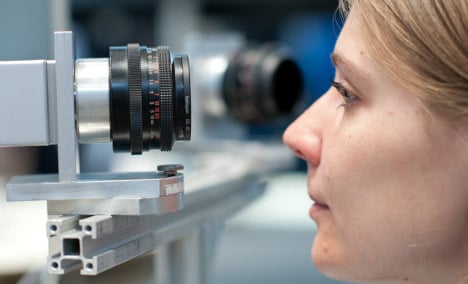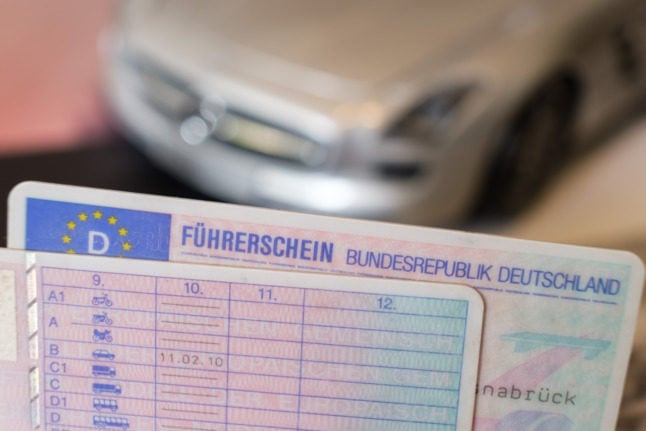“The system will neither bother or hinder the driver, but will immediately recognise when they are tired or close their eyes for a moment,” developer Frank Klefenz said while presenting the “Eye Tracker” at the VISION trade fair in Stuttgart on Tuesday.
Testing of the matchbook-sized camera system is set to begin in early 2011, with possible driver alerts including a warning light or a steering wheel vibration, Klefenz said.
The German Road Safety Council (DVR) estimates that one in four highway traffic fatalities is caused by momentary driver drowsiness, and this can be particularly dangerous at the high speeds typical to the autobahn.
While there are already other systems that monitor whether drivers are awake, the Fraunhofer Institute researchers based in Ilmenau, Thuringia say theirs is the first that can register three-dimensional images in real time, a development that has several auto manufacturers interested in testing the technology. Unlike other systems, it also operates without the use of a PC, connecting directly to a vehicle’s on-board programs.
The current prototype looks unwieldy, but can be streamlined for mass reproduction.
“For this we can use the tiny lenses that are used in every mobile phone camera,” Klefenz said, adding that these would be so discrete they could be installed in the rear-view mirror or the edge of the windscreen.
Sunglasses or night driving conditions wouldn’t pose a problem because the camera uses infrared light.
“It’s invisible to people, but makes our technology independent of outside light,” Klefenz explained.
Further developments to the product could include saving typical eye movements for each driver to determine individual warning signals of fatigue.
Klefenz also predicted that production of the Eye Tracker will likely cost less than €100 per device, making it accessible for even basic model vehicles.
DPA/The Local/ka



 Please whitelist us to continue reading.
Please whitelist us to continue reading.
Member comments